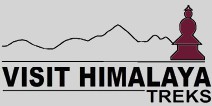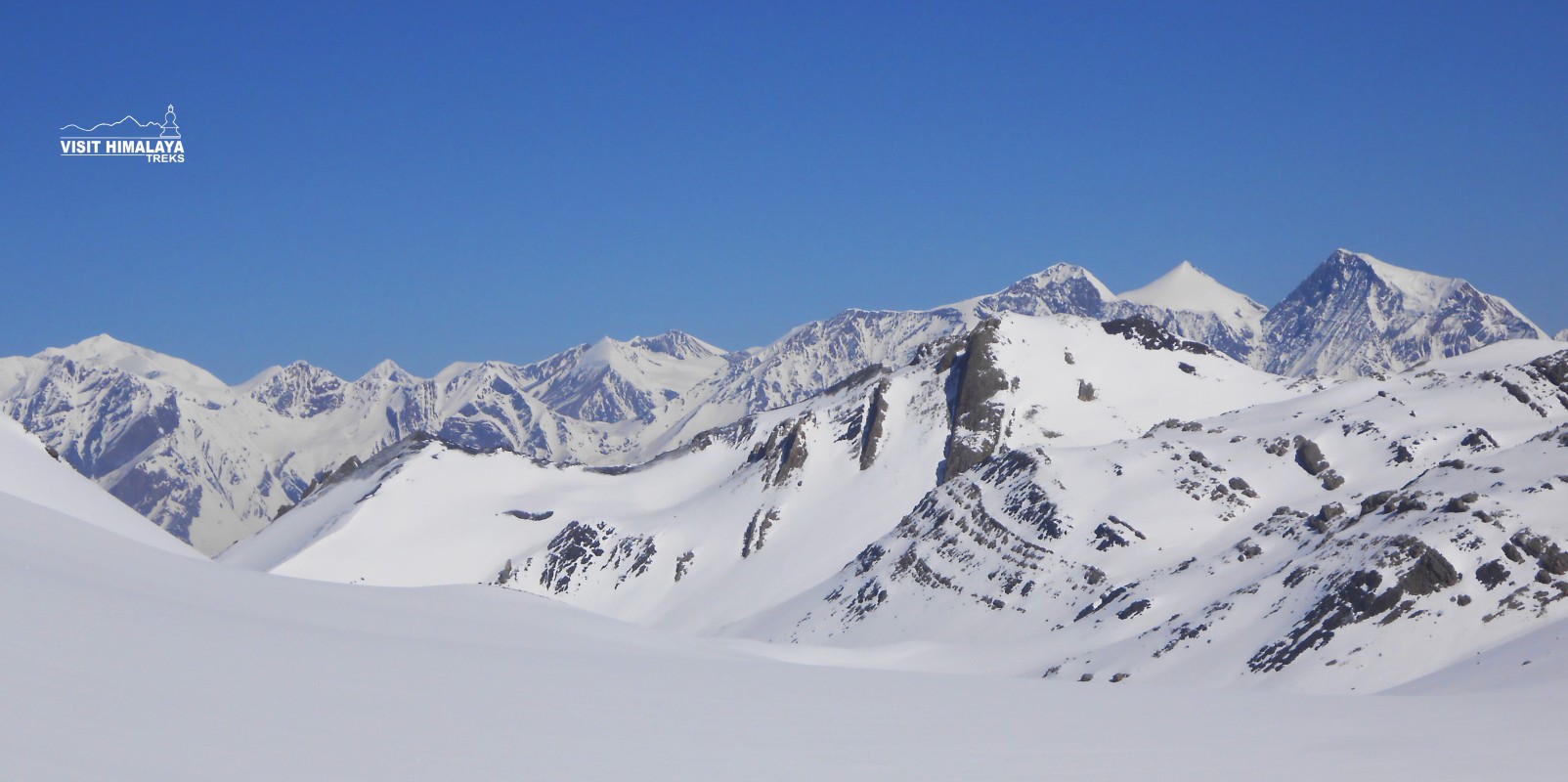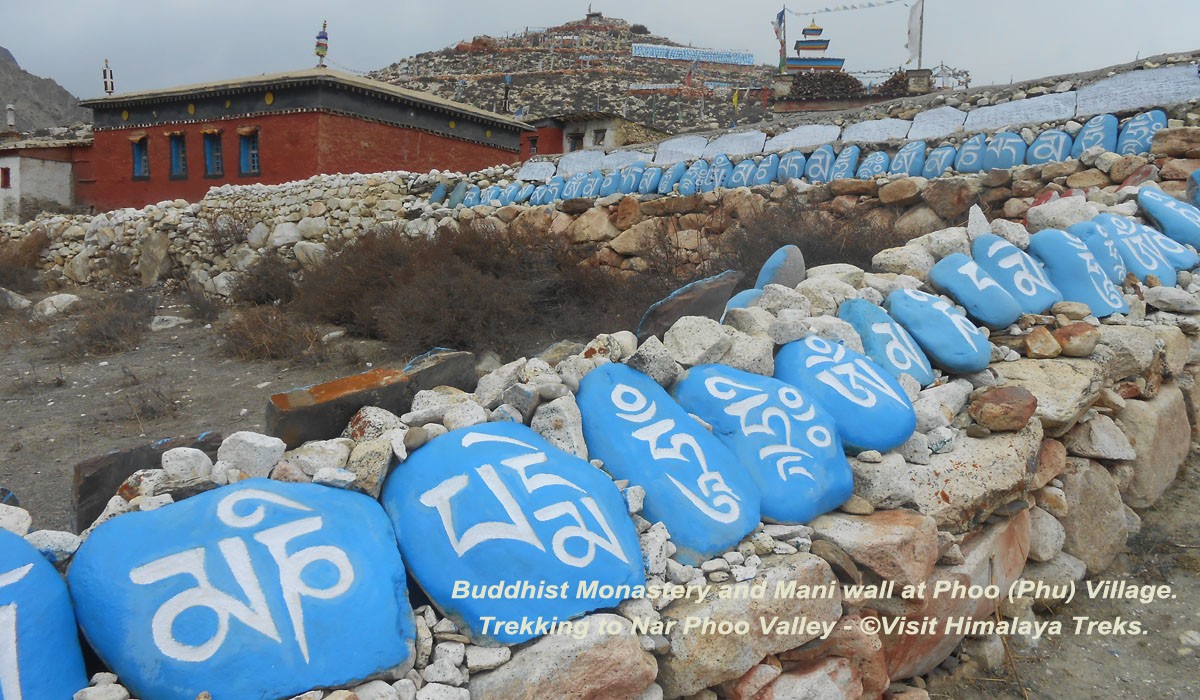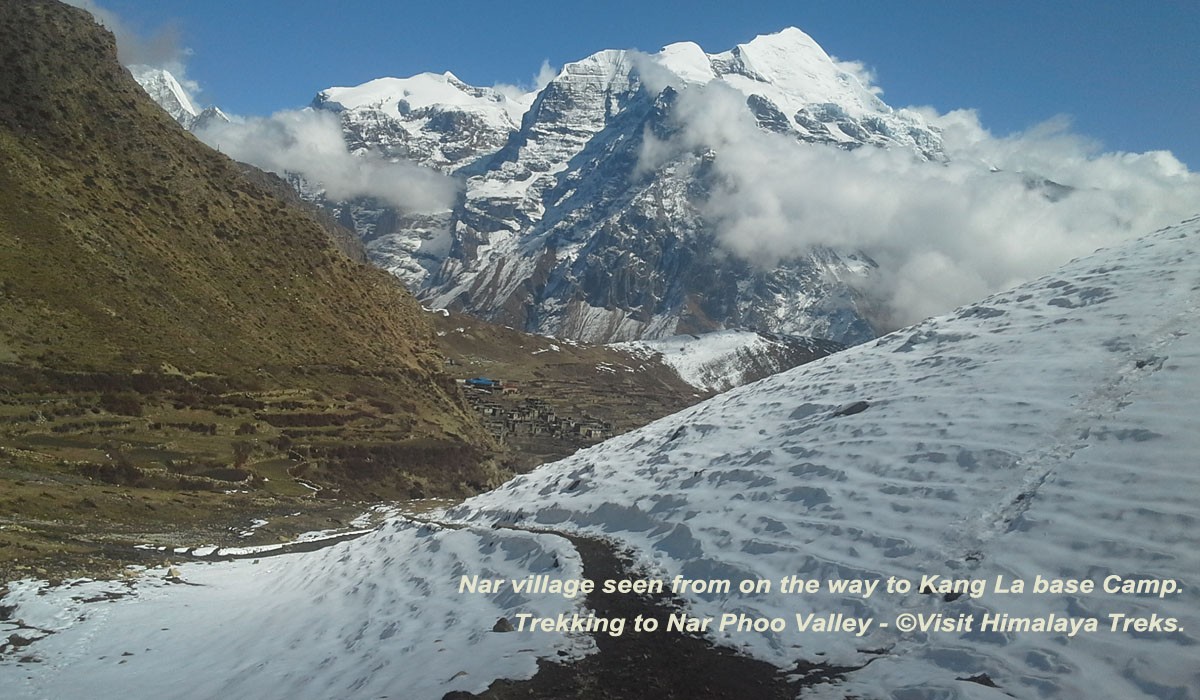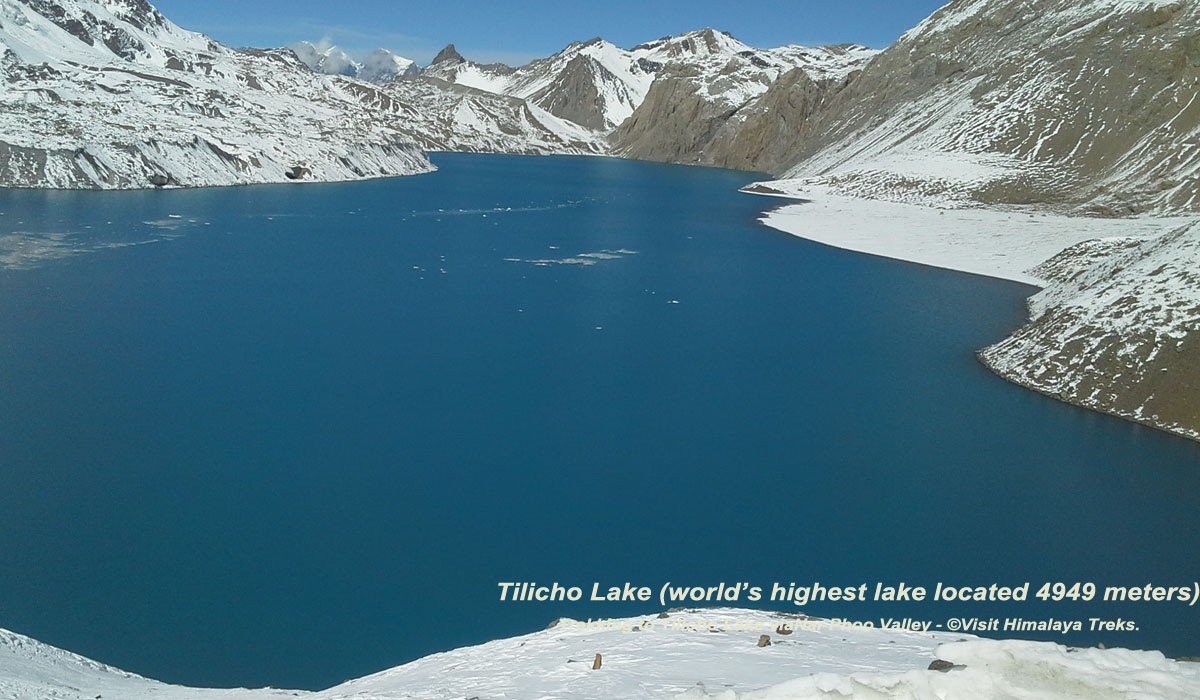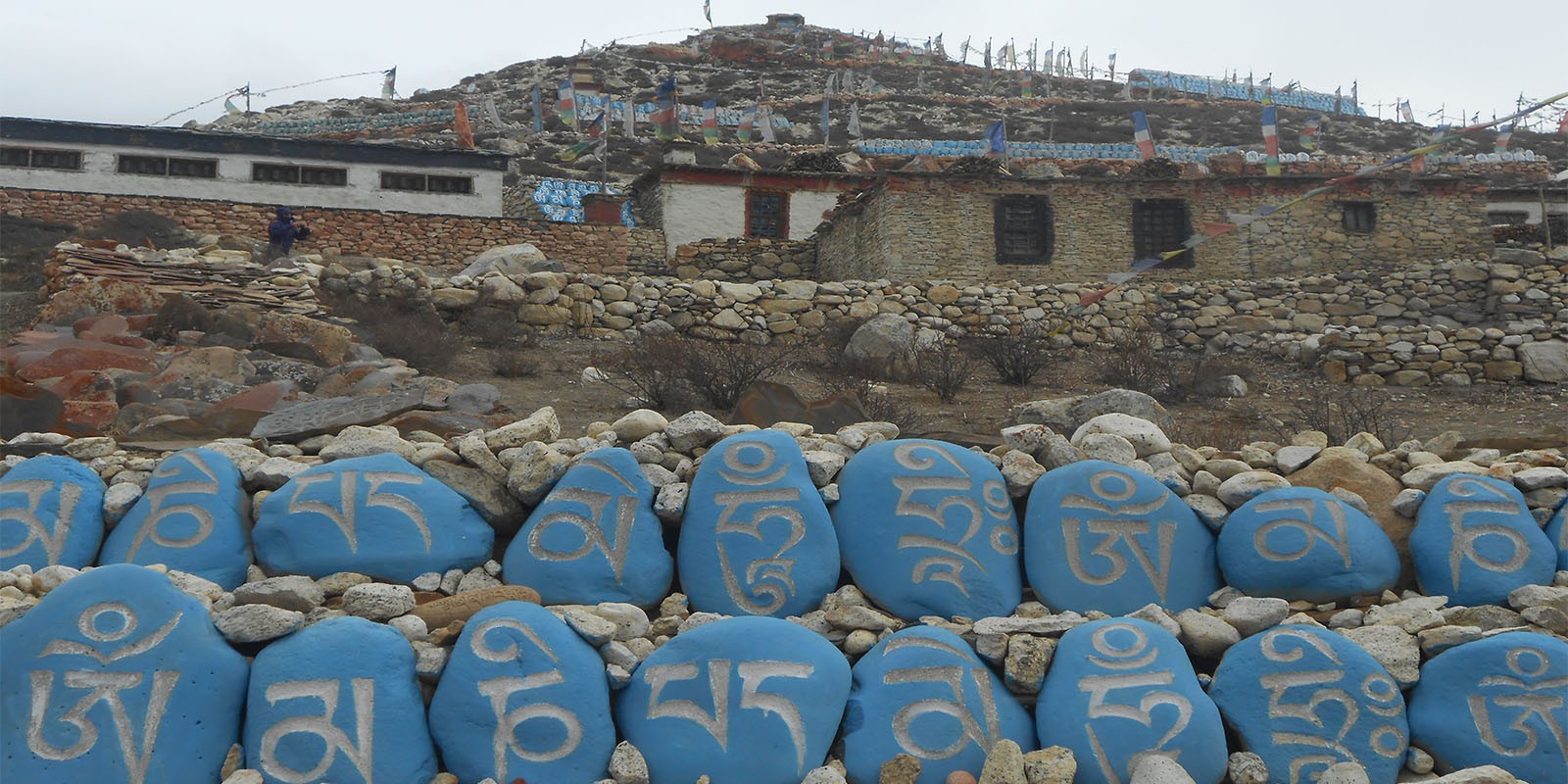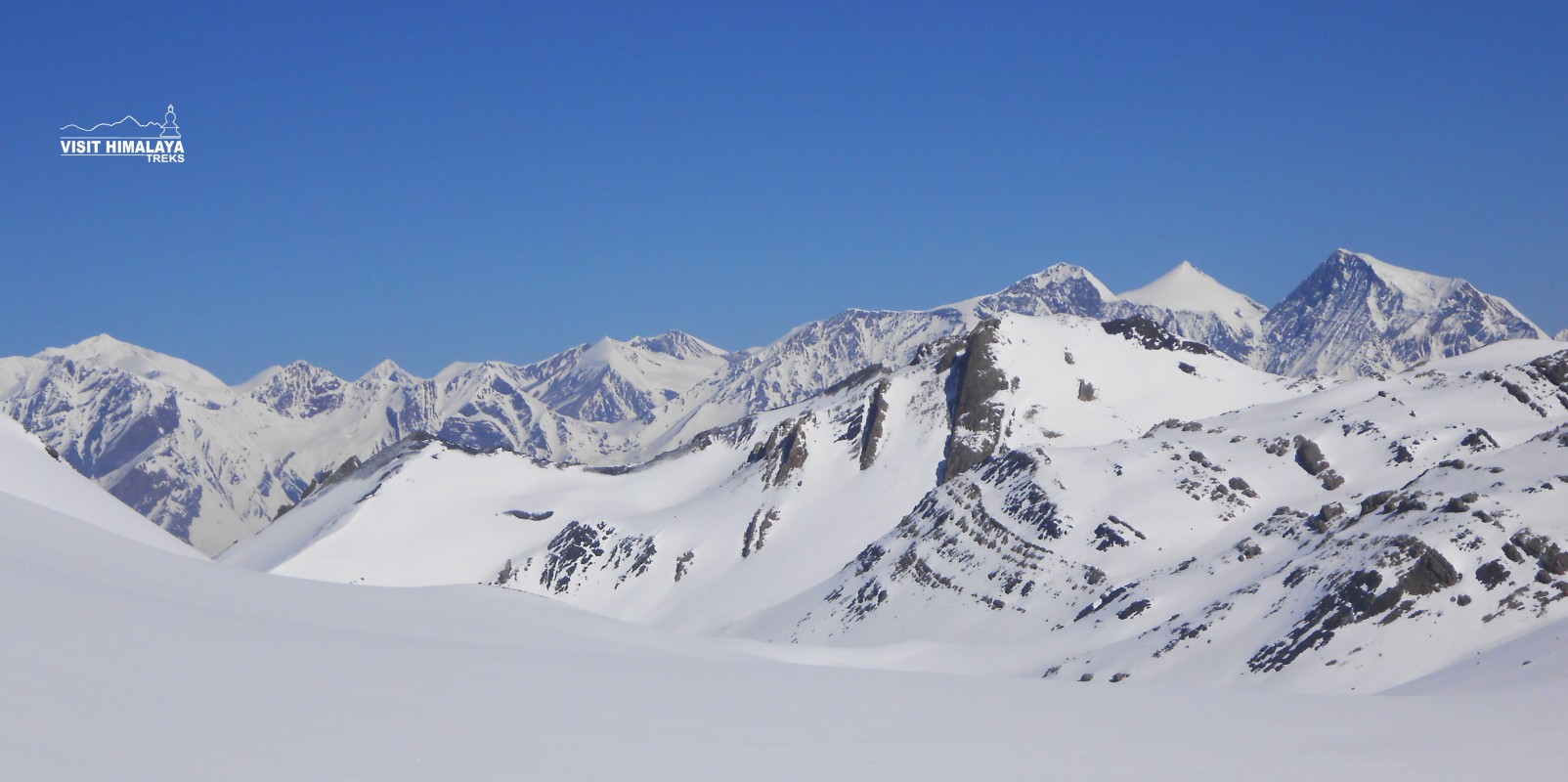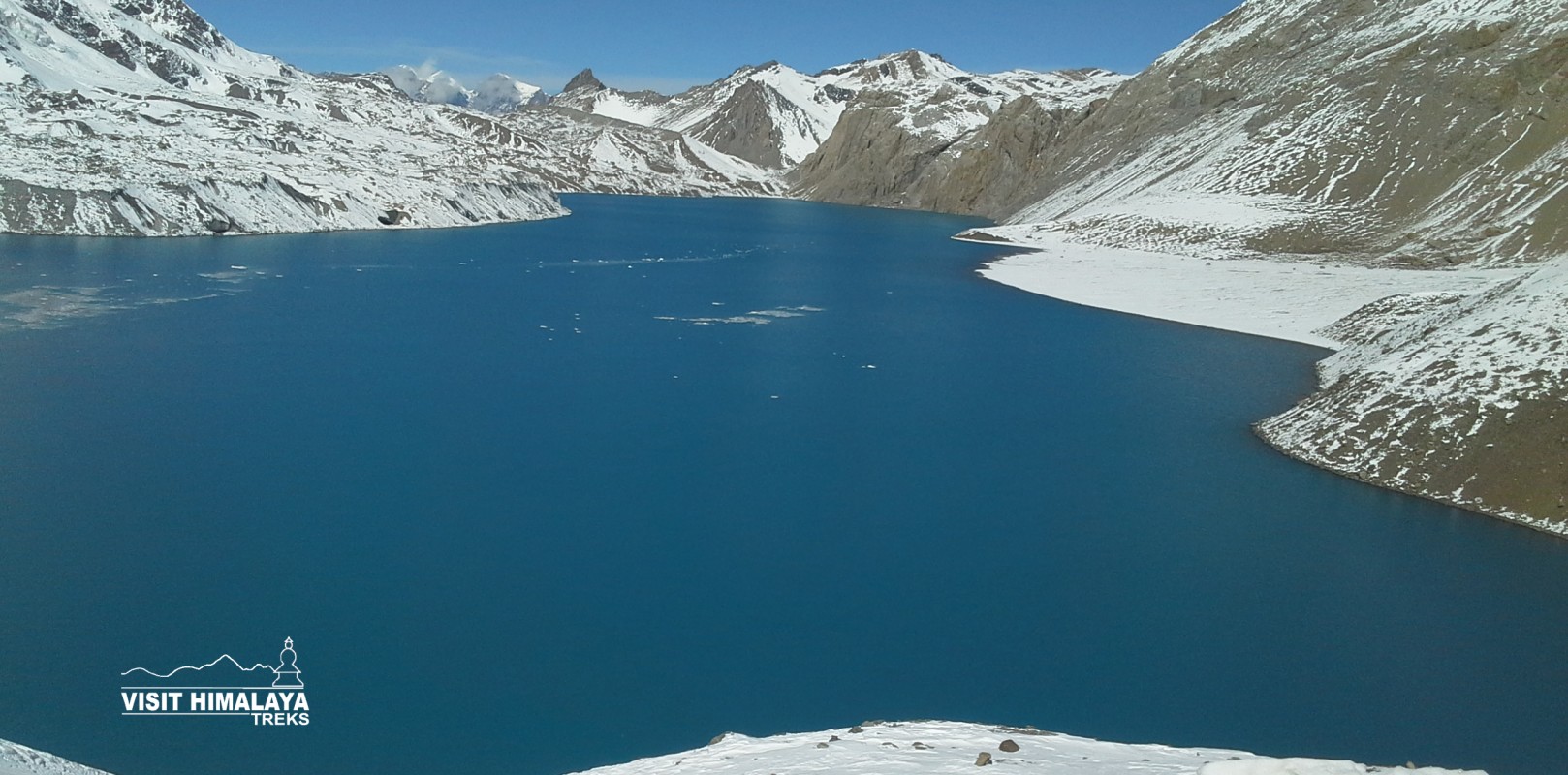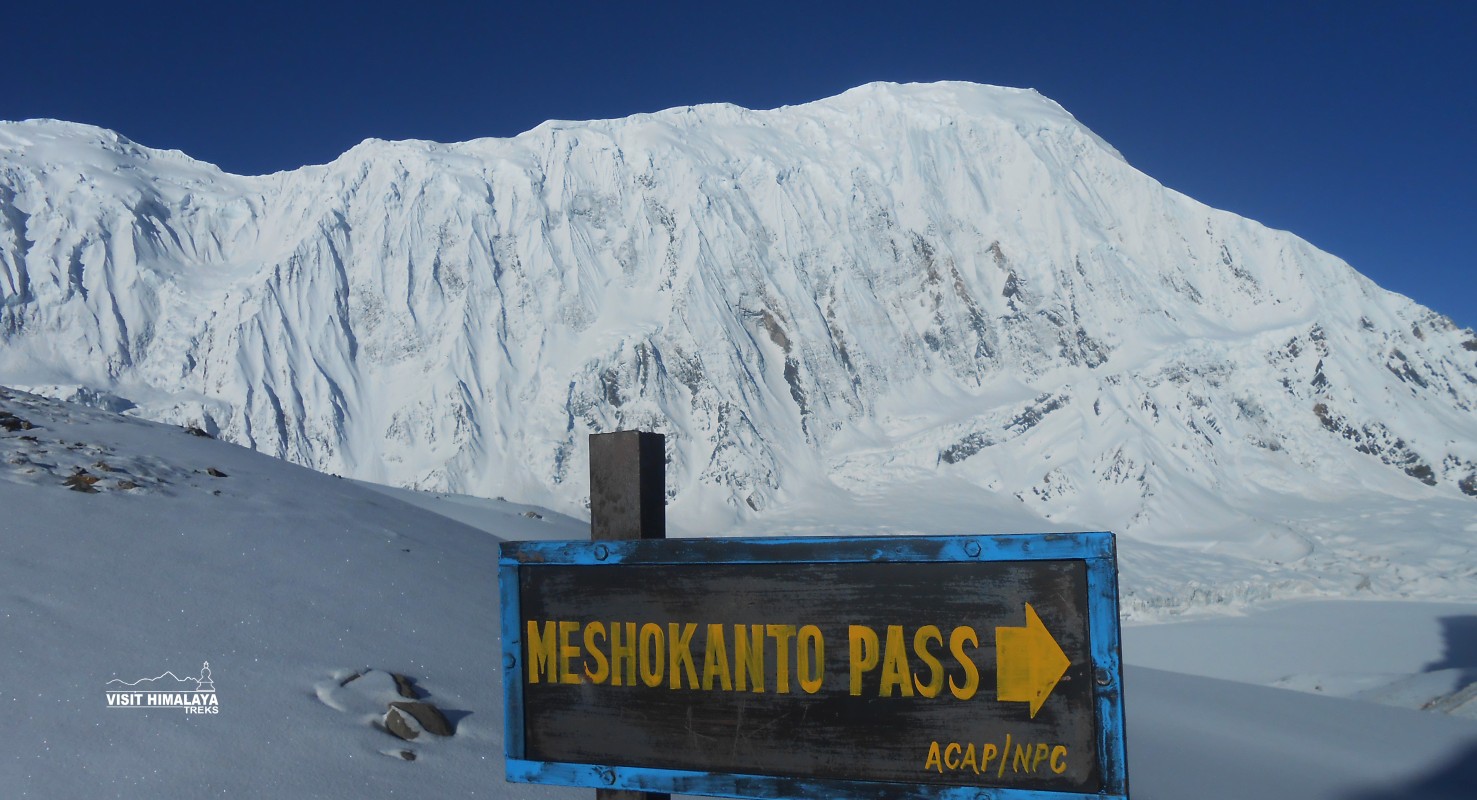Nar Phu Annapurna Tilicho Pass Trek leads us through the hidden village of Phoo (Phu) and Nar village over Kang La Pass and the world’s highest Lake Tilicho Lake in the Annapurna region of Nepal. Nar and Phu (Phoo) are restricted areas and have opened for trekkers only since 2003. This unique “Off The Beaten Path trek" combines the blend of high peaks and passes, remote villages, narrow canyons, amazing rock formations, and Himalayan cultures simultaneously throughout the trek.
Because of the restriction in the areas, monasteries and valleys are still yet to be fully explored and have maintained an enigma. Crossing through the challenging high passes of Khang La Pass (5280 meters), and Mesokanto Pass (5089 meters) and visiting the world's highest lake Tilicho at an altitude of 4949 meters are the major attractions of Nar Phu Tilicho Lake Trek. This is an ideal trip for those trekkers who want to do a panoramic trek in Annapurna Region and also want to avoid the busy and crowded regions around Thorang La Pass.
Nar Phu Annapurna Tilicho Pass Trek in these areas is unlike most of Nepal as the terrain is Trans Himalayan and similar to Tibet. Trails are rugged and at times cut high into the sides of the cliff, in an area that has changed little over the years. The trek spends a number of days exploring the region and visiting the remote villages of Nar and Phu (Phoo), as well as crossing the Khang La Pass (5280 meters) which offers fantastic views of the Annapurna massif, Lamjung (6983 meters) and Manaslu (8163 meters). Another attraction is the world’s highest lake, Tilicho Lake (4949 meters), and the crossing of Mesokanto Pass (5089 meters).
The trekking route starts initially following the well-known Annapurna Circuit as far as Koto before heading into the previously restricted wilderness of Nar Khola Valley. The route then rejoins the Annapurna Circuit, at Manang for a brief period but once again heads to the less visited route to Tilicho Lake. Mesokanto Pass (5089 meters) interlinks Manang and Kali Gandaki Valleys and ends Nar Phu Tilicho Pass Trek at Jomsom.
